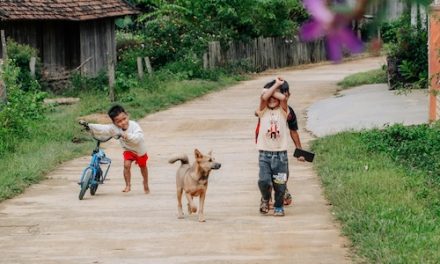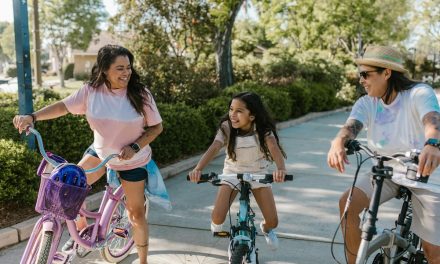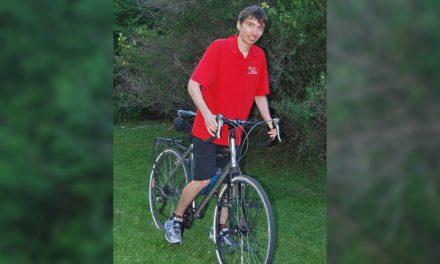Congratulations to former HALOite Dr. Travis Saunders (Lead author), HALO Senior Scientist Dr. Mark Tremblay (Senior author), and a group of current and former HALOites on publishing a paper titled “International School-Related Sedentary Behaviour Recommendations for Children and Youth” in the International Journal of Behavioral Nutrition and Physical Activity. This paper provides details on the process used to develop International School-Related Sedentary Behaviour Recommendations for Children and Youth. Citation details and a summary of the paper are below. More about these recommendations, including translations into more than a dozen languages, can be found here: www.sedentarybehaviour.org/school-related-sedentary-behaviour-recommendations
Congratulations to all involved!
Saunders, T. J., Rollo, S., Kuzik, N., Demchenko, I., Bélanger, S., Brisson-Boivin, K., Carson, V., da Costa, B. G. G., Davis, M., Hornby, S., Huang, W. Y., Law, B., Ponti, M., Markham, C., Salmon, J., Tomasone, J. R., Van Rooij, A. J., Wachira, L.-J., Wijndaele, K., & Tremblay, M. S. (2022). International school-related sedentary behaviour recommendations for children and youth. International Journal of Behavioral Nutrition and Physical Activity 2022 19:1, 19(1), 1–14. https://doi.org/10.1186/S12966-022-01259-3
Background
Existing sedentary behaviour guidelines for children and youth target overall sedentary behaviour and recreational screen time, without any specific recommendations regarding school-related sedentary behaviours (i.e., sedentary behaviours performed during the school day, or within the influence of school). The purpose of this paper is to describe the development of international evidence-based recommendations for school-related sedentary behaviours for children and youth, led by the Sedentary Behaviour Research Network (SBRN).
Methods
A panel of international experts was convened by SBRN in November 2020 to guide the development of these recommendations for children and youth aged ~ 5–18 years. The recommendations were informed by 1) age-relevant existing sedentary behaviour guidelines, 2) published research on the relationship between overall sedentary behaviour and health, 3) a de novo systematic review on the relationship between school-related sedentary behaviours and health and/or academic outcomes, and 4) a de novo environmental scan of the grey literature to identify existing recommendations for school-related sedentary behaviours.
Draft recommendations were presented to the Expert Panel in June 2021. Following thorough discussion and modifications, updated recommendations were distributed for stakeholder feedback from July 9–26. Feedback was received from 148 stakeholders across 23 countries, leading to additional updates to the recommendations. Following further rounds of discussion and updates with the Expert Panel in August and September 2021, consensus was achieved on the final recommendations.
Results
A healthy day includes breaking up extended periods of sedentary behaviour and incorporating different types of movement into homework whenever possible, while limiting sedentary homework. School-related screen time should be meaningful, mentally or physically active, and serve a specific pedagogical purpose that enhances learning. Replacing sedentary learning activities with movement-based learning activities, and replacing screen-based learning activities with non-screen-based learning activities, can further support students’ health and wellbeing.
Discussion
This paper presents the first evidence-based recommendations for school-related sedentary behaviours for children and youth. These recommendations will support the work of parents, caregivers, educators, school system administrators, policy makers, researchers and healthcare providers interested in promoting student health and academic success.
The full paper is available here (open access).





